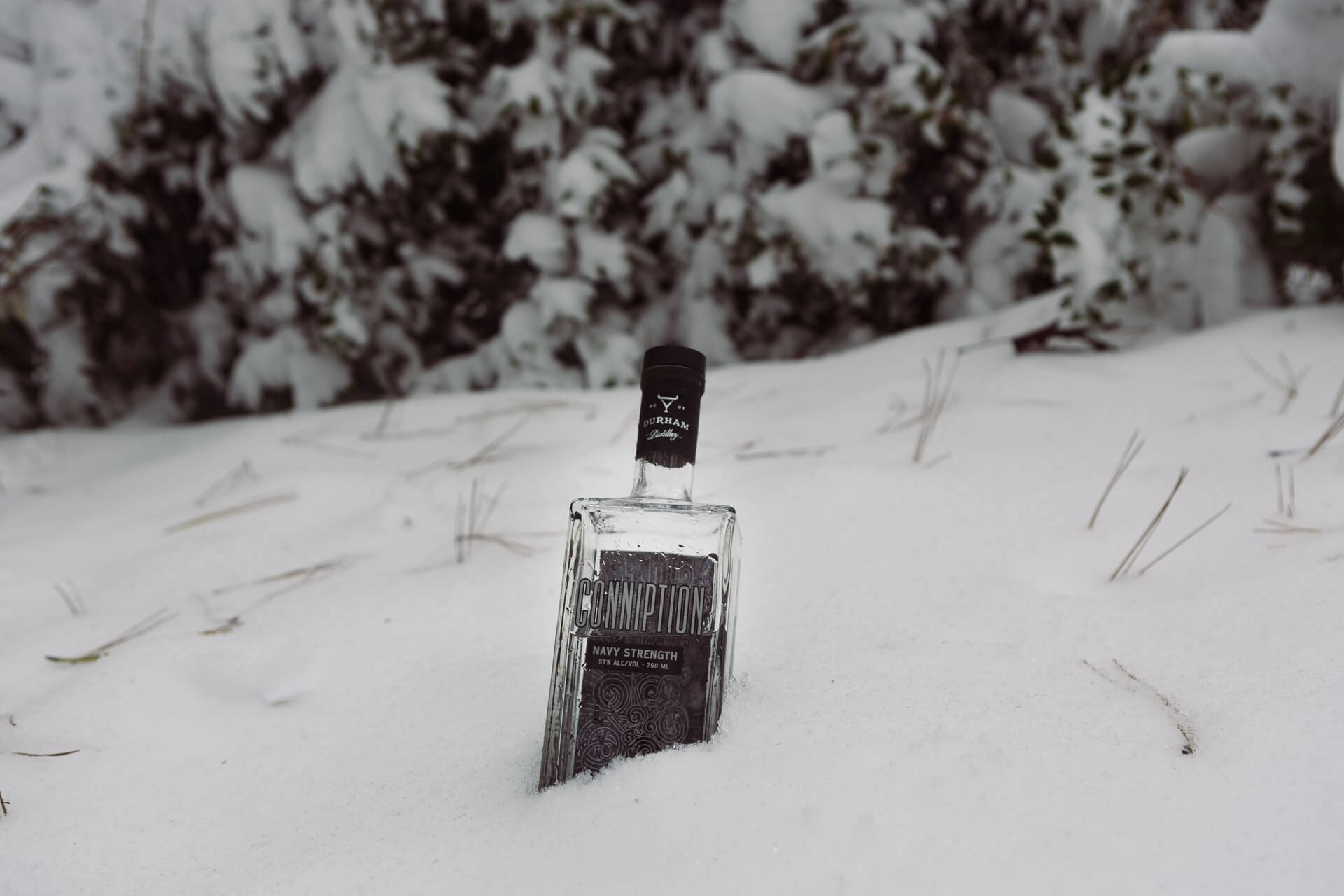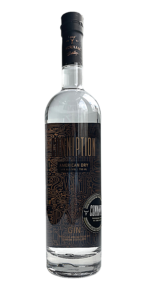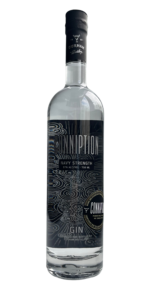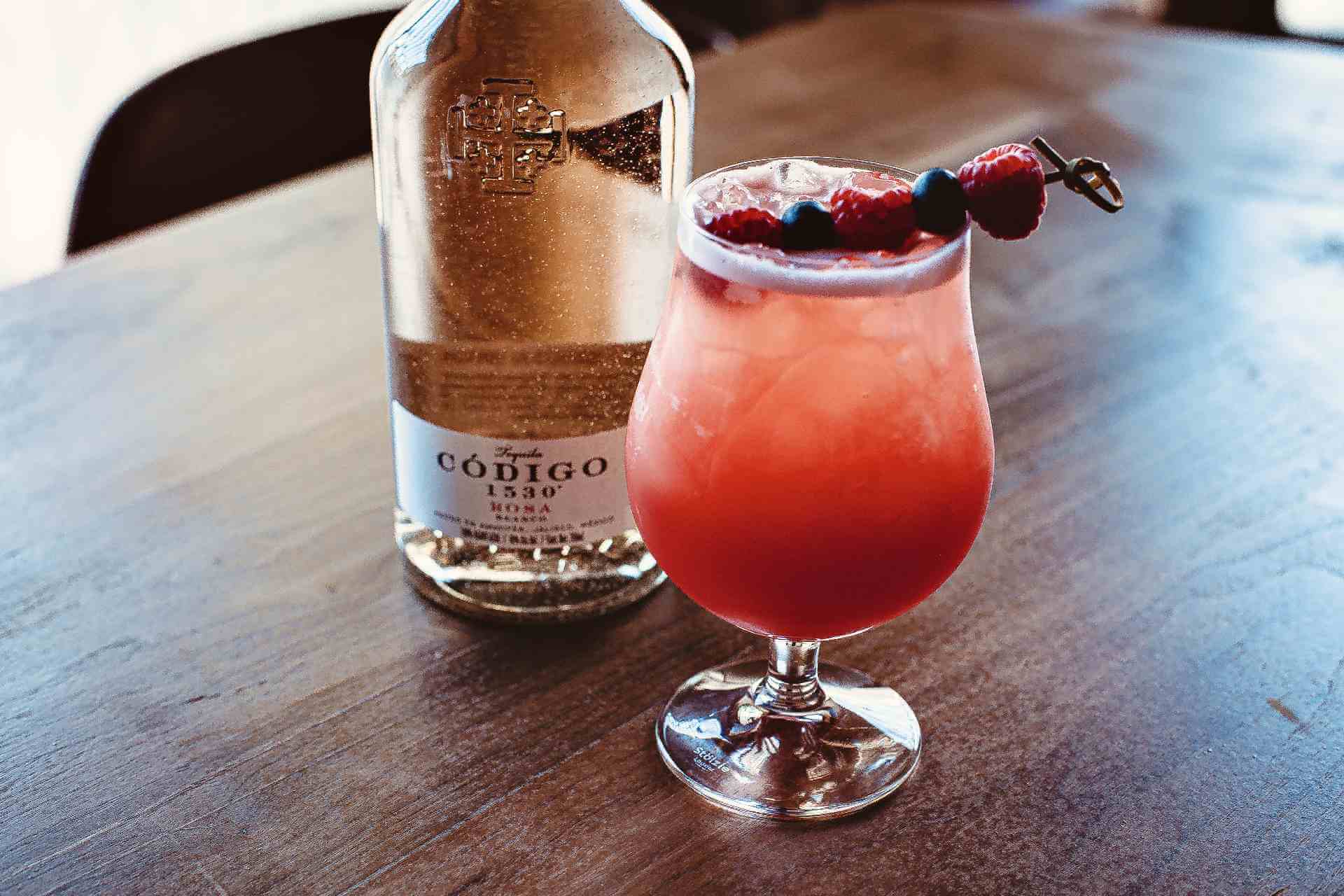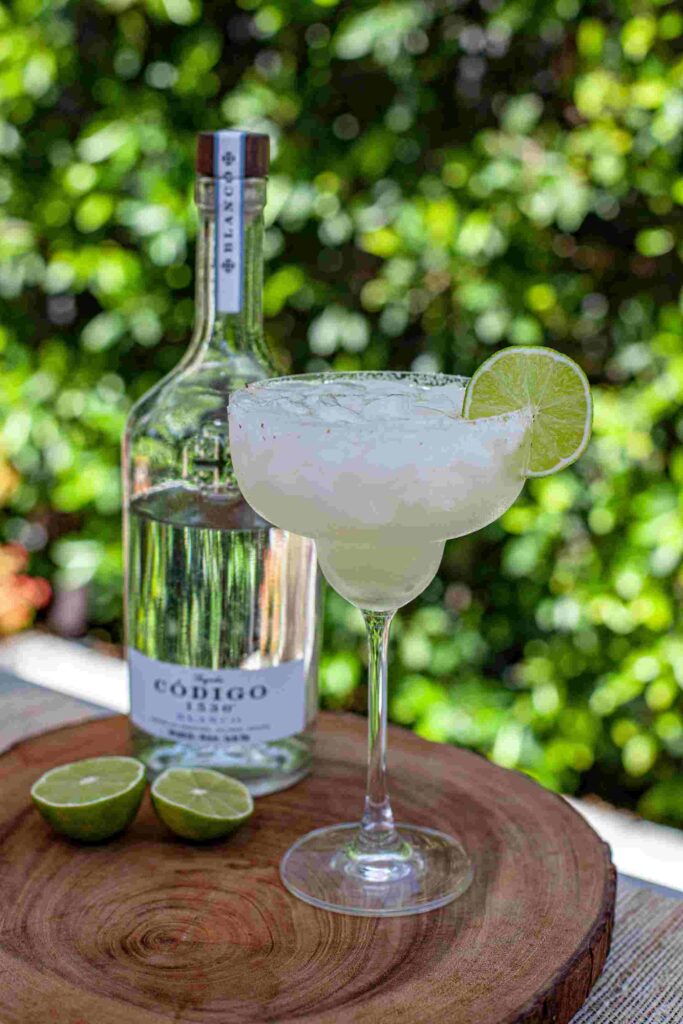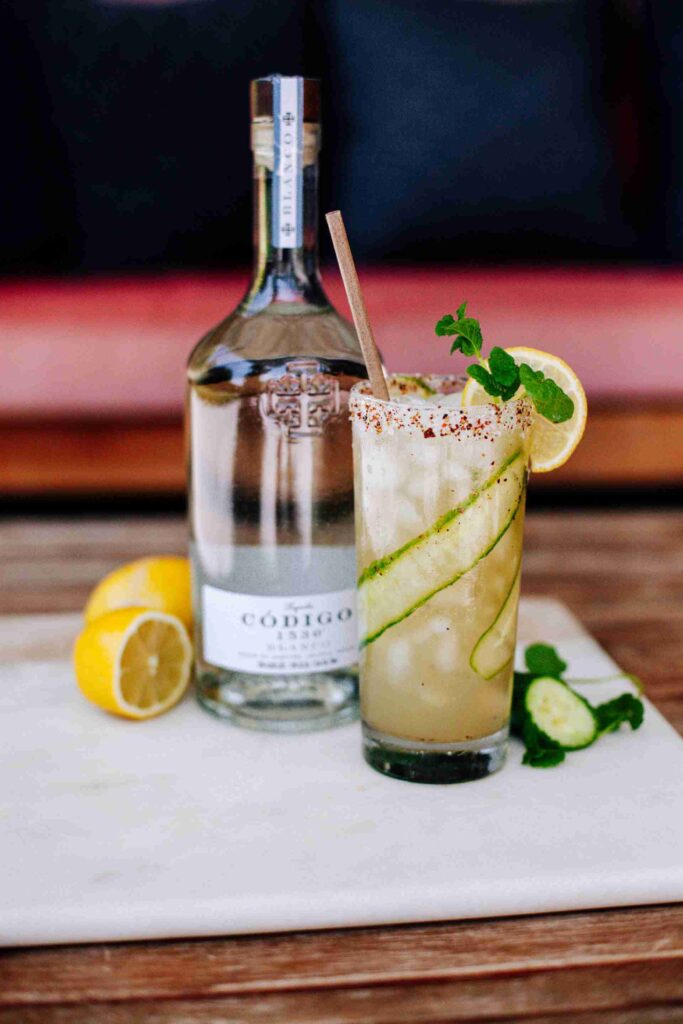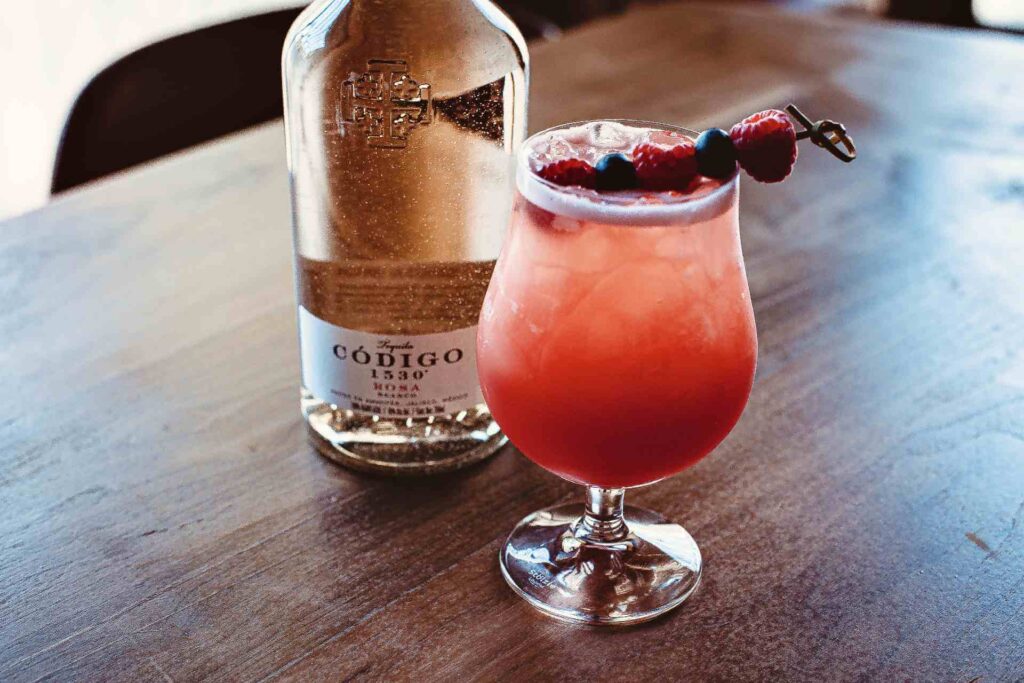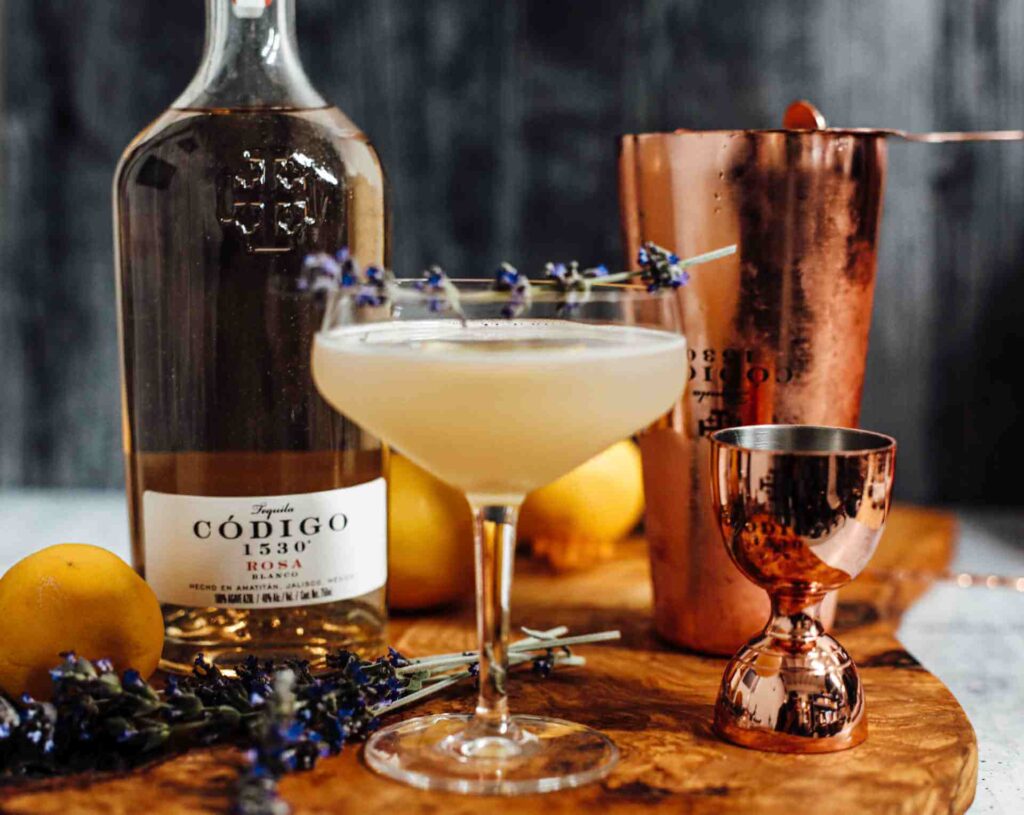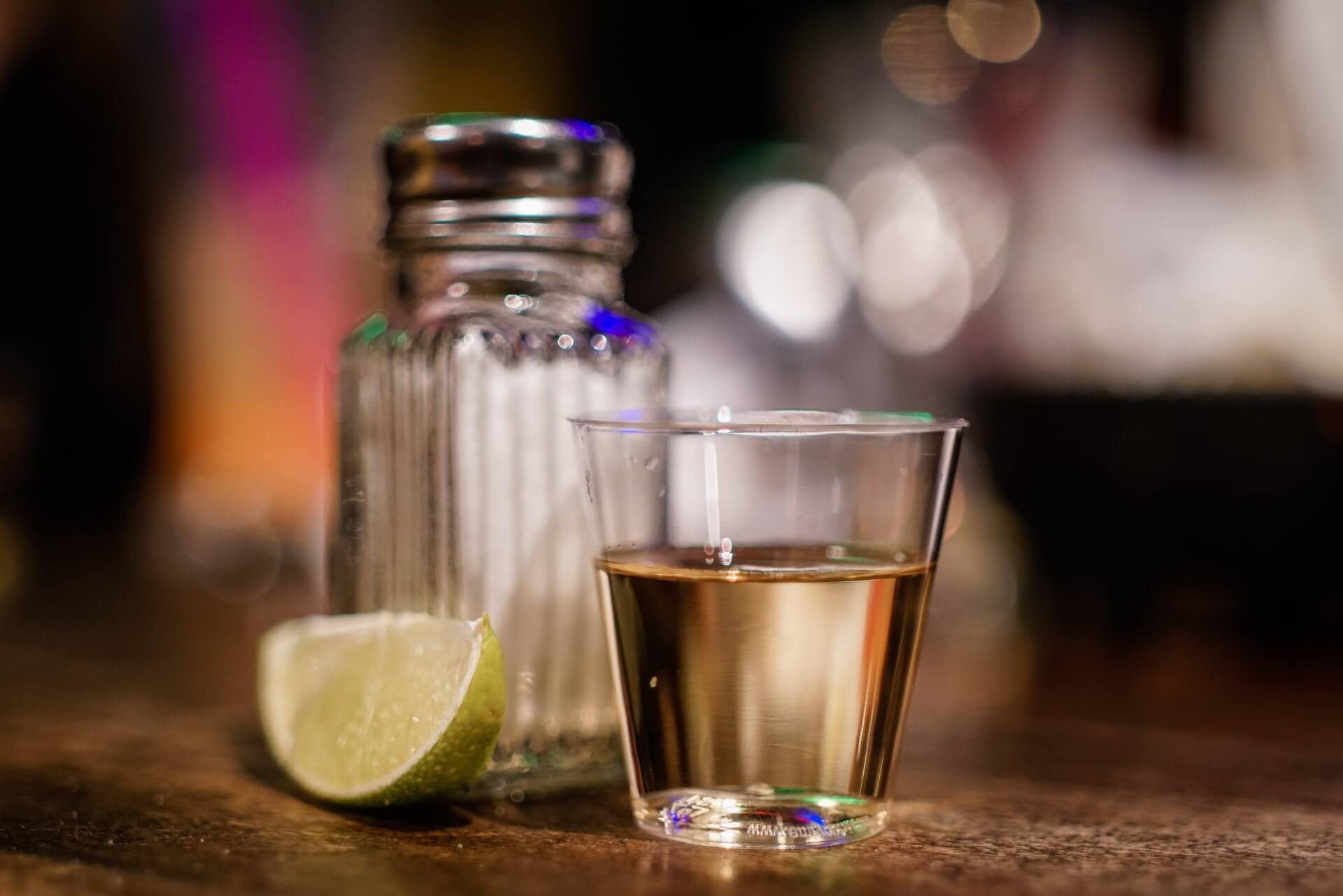7 Coffee Liqueurs You Need to Know
by David Klemt
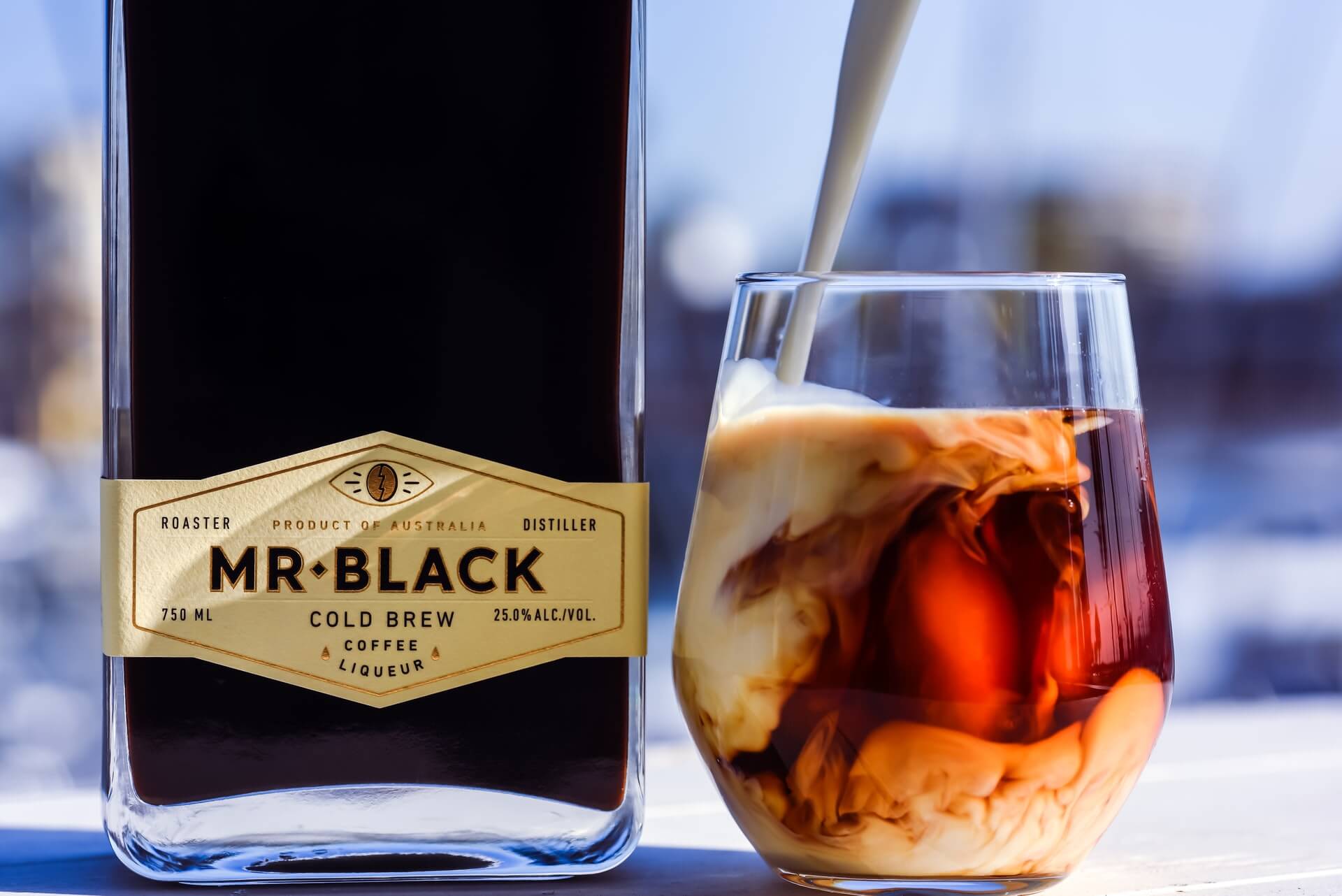
Whether you and your bar team are making Espresso Martinis, riffing on classics or creating something new, consider these coffee liqueurs.
National Espresso Martini Day takes place on Tuesday, March 15. Leading up to this bar holiday, the cocktail is experiencing yet another resurgence.
In fact, this cocktail more than any other seems to maintain an enviable rate of “surging back” in popularity. Maybe it’s time to just admit that it’s a modern classic people love to hate…but still order and enjoy.
Below are seven coffee liqueurs that shine in an Espresso Martini, Old Fashioned, Negroni, Irish Coffee, or any number of rich, flavorful cocktails. Cheers!
Mr. Black
Most of the reviews out there place Mr. Black at the top when it comes to coffee liqueurs. Once you’ve sipped it neat, you understand why. The coffee flavor is outstanding, and that should come as no surprise. After all, Mr. Black is crafted in Australia, a country with a rich coffee culture.
Additionally, Mr. Black occasionally releases special batches. In the past, the brand has produced Single Origin Ethiopia, Single Origin Colombia, and collaborations with WhistlePig and St. Ali Coffee Roasters. They also have a coffee amaro available.
Grind Espresso Shot
You really can’t go wrong making an Espresso Martini with an espresso liqueur. Grind Espresso Shot gives Mr. Black a run for their money in the coffee liqueur showdown.
This blend of Caribbean rum, espresso, coffee, and coffee extract that shines in just about any cocktail.
Kahlúa
As the saying goes, respect your elders. Kahlúa is a coffee liqueur that dates back to 1936 and there’s a reason the brand is still so visible.
Not only does the brand claim it takes seven years to produce a bottle of Kahlúa, their range is deep is flavorful. The current lineup consists of more than just the original Kahlúa expression. There’s also Blonde Roast Style, Vanilla, Mint Mocha, Chili Chocolate, Salted Caramel, and Especial currently.
Jägermeister Cold Brew
We can argue back and forth about whether Jägermeister is a schnapps or an amaro. Either way, it serves as a fantastic base for a rich coffee liqueur.
Jägermeister Cold Brew blends the original herbal liqueur with arabica coffee and a touch of cacao. There’s a Dark Matter coffee available produced by washing Guatemalan coffee beans in Jägermeister’s coffee liqueur.
Caffè Borghetti
Who among us is unfamiliar with Fratelli Branca’s products? From Fernet-Branca and Brancamenta, to Antica Formula, Punt e Mes, and Carpano, it’s difficult to imagine a bar that doesn’t have at least one Branca product in their inventory.
So, when it comes to coffee liqueur, you can’t really go wrong with another of Fratelli Branca’s bottles: Caffè Borghetti. Sweet and imbued with the rich taste of Italian espresso, this is a liqueur that deserves a place behind your bar.
Flor de Caña Spresso
Produced in Nicaragua, is not just a highly sought-after and awarded rum, Flor de Caña is also the world’s first spirit to be fair trade and carbon neutral certified.
Their coffee liqueur, Flor de Caña Spresso, is made with the producer’s 7 Year Gran Reserva rum expression. You guests will know their enjoying a premium rum-based liqueur that’s sustainably and responsibly crafted.
Jameson Cold Brew
Combine world-famous Jameson Irish whiskey with arabica coffee beans from Brazil and Colombia and you get Jameson Cold Brew.
Not only do you get intense coffee aroma and flavor, you’ll also discover notes of toasted oak. So, your guests won’t have to worry that the coffee overpowers the whiskey or vice versa.
And c’mon—if you’re going to make an Irish Coffee, why not do it with a liqueur crafted with Irish whiskey? Interestingly, Jameson Cold Brew also pairs well with cream soda or cola.
Image: YesMore Content on Unsplash




